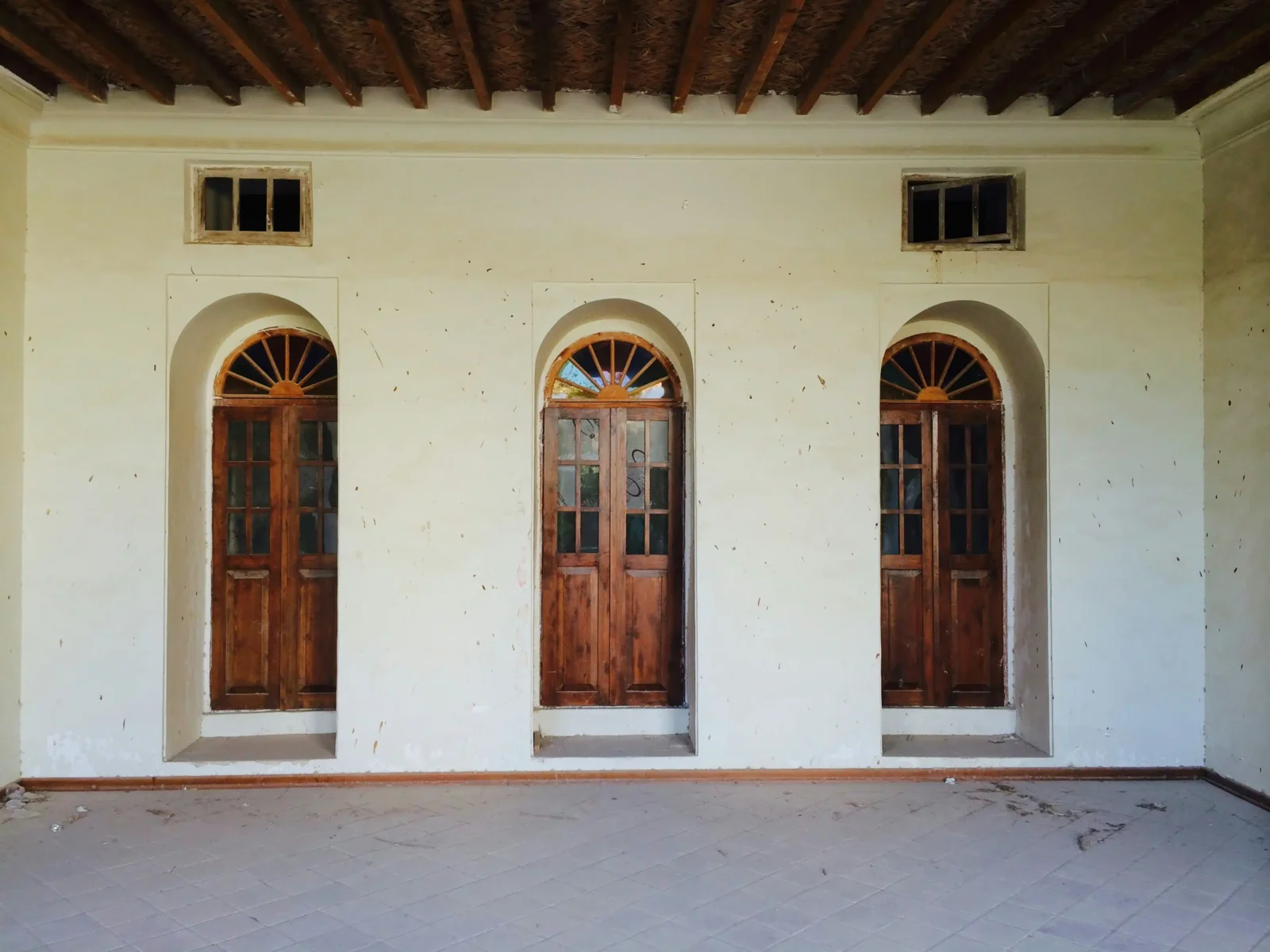- Home
- Articles
- Architectural Portfolio
- Architectral Presentation
- Inspirational Stories
- Architecture News
- Visualization
- BIM Industry
- Facade Design
- Parametric Design
- Career
- Landscape Architecture
- Construction
- Artificial Intelligence
- Sketching
- Design Softwares
- Diagrams
- Writing
- Architectural Tips
- Sustainability
- Courses
- Concept
- Technology
- History & Heritage
- Future of Architecture
- Guides & How-To
- Art & Culture
- Projects
- Interior Design
- Competitions
- Jobs
- Store
- Tools
- More
- Home
- Articles
- Architectural Portfolio
- Architectral Presentation
- Inspirational Stories
- Architecture News
- Visualization
- BIM Industry
- Facade Design
- Parametric Design
- Career
- Landscape Architecture
- Construction
- Artificial Intelligence
- Sketching
- Design Softwares
- Diagrams
- Writing
- Architectural Tips
- Sustainability
- Courses
- Concept
- Technology
- History & Heritage
- Future of Architecture
- Guides & How-To
- Art & Culture
- Projects
- Interior Design
- Competitions
- Jobs
- Store
- Tools
- More

Among the global landmarks that attract millions of visitors each year, few can rival the mesmerizing mystery and sheer grandeur of Machu Picchu. This ancient Incan city, perched high in the Andes of Peru, has captured imaginations and inspired exploration for centuries. Today, let’s delve into the captivating stories behind this famous and intriguing landmark.
The Lost City of the Incas
Machu Picchu, often referred to as “The Lost City of the Incas,” was built in the 15th century, under the reign of the Inca emperor Pachacuti. Despite its now well-known status, it remained hidden from the western world until 1911, when it was rediscovered by American historian Hiram Bingham.
The city was built in a classic Inca style, with polished dry-stone walls and terraces that follow the natural contours of the mountainside. Its precise construction methods, combined with its dramatic location, contribute to the air of mystery and intrigue that surrounds Machu Picchu.

Purpose and Abandonment
Despite extensive research and excavation, the original use of Machu Picchu remains a subject of debate among historians. Some believe it was a royal retreat or a sacred religious site. Its remote location, though, indicates it likely wasn’t a regular settlement but a place visited by a select few.
Interestingly, Machu Picchu was abandoned around the time of the Spanish Conquest. However, the Spanish never found it, leaving the site relatively intact. The reason for its abandonment is still unknown, adding another layer of mystery to this enigmatic place.
An Architectural Marvel
Machu Picchu is renowned for its sophisticated dry-stone walls that fuse huge blocks without the use of mortar, intriguing buildings that play on astronomical alignments, and panoramic views. Its most iconic structures include the Intihuatana (Hitching Post of the Sun), the Temple of the Sun, and the Room of the Three Windows, all dedicated to Inti, the Incan sun god.
Machu Picchu, a testament to the skill and ingenuity of the Incas, stands as a symbol of the enduring power of nature and the mystery of ancient cultures. Its stories – some discovered, others still hidden – continue to captivate the minds and hearts of people from around the world. As we gaze upon this magnificent testament to human ingenuity, we are reminded that our world is filled with wonders, each with its own tale waiting to be told.
In our next instalment of “Stories Behind Famous Landmarks,” we will journey to another corner of the world, unlocking tales embedded in stone and time.
Today, we journey back in time to the heart of the Roman Empire, to explore the stories behind one of its most iconic structures, the Colosseum. Constructed nearly 2,000 years ago, the Colosseum still stands as a monument to Roman grandeur and engineering genius.

The Construction of the Colosseum
Also known as the Flavian Amphitheatre, the Colosseum was built under the rule of Emperor Vespasian in 72 AD, as a gift to the Roman people. The structure was completed by his son, Titus, in 80 AD, with further modifications made during the reign of Domitian. The massive elliptical amphitheater, capable of seating around 50,000 spectators, was constructed using concrete, tuff, and travertine limestone, showcasing the architectural prowess of the Romans.
Gladiatorial Games and Public Spectacles
The Colosseum is perhaps best known for the gladiatorial contests held within its walls. These brutal fights, often to the death, were a form of public entertainment in Ancient Rome. However, it wasn’t only gladiators that faced off in the arena; wild animal hunts, reenactments of famous battles, and executions were also staged for the public’s viewing.

The Colosseum’s Many Uses
While the Colosseum is synonymous with gladiatorial combat, it was also used for a variety of other purposes throughout history. After the fall of the Western Roman Empire, it was repurposed at different times into a housing complex, a fortress, a quarry, and a Christian shrine. These shifts in use are a testament to the building’s resilience and the changing face of Rome itself.
Each landmark we explored carries a unique story, imprinted with the footprints of time and the myriad events that shaped their existence. They are more than just stunning architectural achievements; they are the tangible embodiments of human history, culture, ingenuity, and perseverance. These structures bear silent witness to the unfolding of civilizations, standing as poignant reminders of our collective past.
In understanding the stories behind these landmarks, we don’t just learn about stone and mortar, but the indomitable human spirit. Each structure represents dreams, conflicts, triumphs, and innovations of the times they were built in.

Submit your architectural projects
Follow these steps for submission your project. Submission FormLatest Posts
How Modern Bridges Balance Aesthetics and Engineering
How modern bridges balance aesthetics and engineering: explore form-driven systems, case studies,...
Exterior & Interior Remodeling Tips Every Homeowner Should Consider
Home upgrades reshape comfort, improve function, and strengthen long-term property value. Whether...
Top 8 Luxury Vacation Rentals Features Guests Love Most
A luxury vacation rental offers an entirely different experience than a typical...
Why Local Expertise Matters: Choosing the Right Plumbers in Townsville
Why Local Expertise Matters: Choosing the Right Plumbers in Townsville When it...












Leave a comment